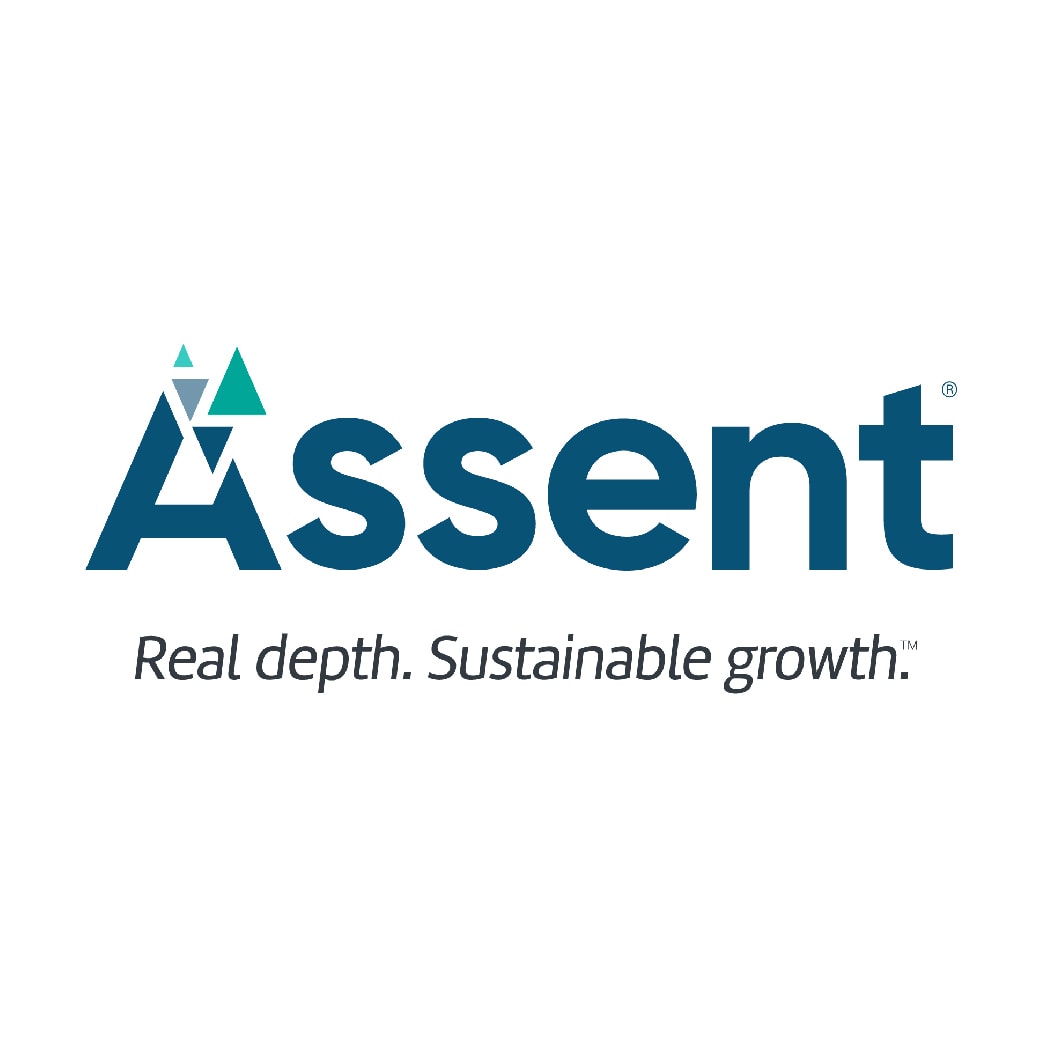Ruaridh Welsh is a consultant at EcoAct, a wholly owned subsidiary of Schneider Electric.
Earlier this year, the Science Based Targets initiative launched the draft of its revised Corporate Net-Zero Standard for public consultation. The update marks an important step forward in aligning corporate net-zero strategies with climate science. With changes to how companies are categorized, strengthened expectations on emissions reduction and new guidance on removals and transparency, the draft standard aims to close the credibility gap in climate target-setting.
This revision comes amid growing concern about the gap between global climate ambition and action. The Net Zero Tracker reports that over 90% of global GDP is covered by national net-zero pledges. Yet the UN’s latest Emissions Gap Report suggests the world remains on track for a 2.7°C rise this century. For businesses, this makes the case for more credible, science-aligned pathways clear — and urgent.
While the update is still under consultation, businesses who are delaying action in anticipation of the upcoming guidance may fall behind, whereas early movers who have built science-based reduction strategies and are implementing robust climate transition plans will be better positioned to adapt.
Here’s what the revised standard means for your business.
A more inclusive standard that reflects company context
One of the most notable changes made by SBTi is the introduction of differentiated requirements based on company size and geography. Larger businesses in high-income countries are classified under Category A and must meet all the standard’s criteria. Meanwhile, smaller firms in lower-income regions are placed in Category B, where some elements of the standard become optional.
This is a shift toward a more inclusive, globally relevant framework. For large corporations, the message is clear: the flexibility of earlier years is gone. With more resources comes more responsibility, and full compliance is expected. For smaller businesses, especially those operating in emerging markets, the updated approach offers recognition of their more limited capacity to act.
For all companies, this change underscores the importance of understanding not just what the standard requires, but why. It’s no longer just about meeting a benchmark. It’s about doing so in a way that reflects your operating context and your capacity to lead.
What does this mean for existing and planned targets?
If you’re setting near-term targets now, you can continue to use the current Corporate Net-Zero Standard (Version 1.2) and Near-Term Criteria (Version 5.2) until the end of 2026. Version 1.2 is designed for companies that seek to set comprehensive near-term and long-term net-zero goals, while Version 5.2 is specifically for companies aiming to set near-term goals.
All near-term targets set under these existing frameworks will remain valid for five years or until the end of 2030, whichever comes first. However, near-term targets with a target year after 2030 will need to be updated.
From 2027, companies will be expected to use Version 2.0 to set both near- and long-term targets. The SBTi has committed to developing a transition process for companies with validated targets in 2025-2026 to align with the new standard.
For companies with existing long-term targets, specific guidance is still forthcoming and more clarity is expected during the second public consultation later this year.
In the meantime, companies should continue to act in line with current guidance. Early action will still lay a strong foundation for alignment with the revised standard.
What’s changing for scope 3 emissions reporting?
Scope 3 emissions remain a critical focus. For Category A companies, near-term targets covering scopes 1, 2 and 3 are mandatory. However, long-term scope 3 targets are not currently required, though this requirement could evolve with the consultation process.
This doesn’t mean scope 3 can be deprioritized. Businesses should continue to improve data collection, value chain engagement and focused reduction strategies. In many sectors, scope 3 accounts for the majority of emissions so it’s critical to address them even where long-term targets are not yet mandatory.
The draft standard also moves away from the previous percentage-based boundary approach (67% for near-term targets and 90% for long-term targets) to a more focused approach that prioritizes the most relevant emission sources. Companies will need to identify “significant scope 3 categories” (those representing 5% or more of total scope 3 emissions) and “emissions-intensive activities” in their value chain. This shift aims to make scope 3 targets more effective at driving transformation where it matters most.
Additionally, the standard places greater emphasis on non-emission metrics and alignment targets. This includes measures such as the percentage of procurement from net-zero-aligned suppliers or the share of revenue from net-zero-aligned products. These alignment indicators offer alternative ways to demonstrate progress, particularly valuable for companies facing data challenges or those offering climate solutions.
Where do residual emissions come in?
The draft standard requires companies to neutralize any residual emissions that remain at the net-zero target year and thereafter. For scope 1 residual emissions, companies are offered three proposed options:
- Set mandatory removal targets alongside abatement targets.
- Receive recognition for voluntary removal targets.
- Address residuals through additional reductions, removals, or a combination of both.
For scope 3, Category A companies must ensure residual emissions are neutralized either by the responsible value chain partner or by providing support to enable their neutralization.
All options limit removals to the small portion of emissions projected to remain at the net-zero year, typically less than 10% of base year emissions. Removals must meet high-integrity sustainability and quality criteria, with more specific standards to be developed through the consultation process.
Businesses already investing in high-quality removals may find themselves well aligned with the draft’s direction. Early planning will allow companies to integrate these requirements into their financial and strategic climate planning.
Where do carbon credits and mitigation action beyond the value chain fit in?
The draft continues to recognize Beyond Value Chain Mitigation as important, while maintaining a clear separation from the requirement to neutralize residual emissions at the net-zero target year.
BVCM activities, such as investing in climate solutions, financing external reduction projects and purchasing carbon credits remain encouraged as valuable contributions to global climate goals. The SBTi is actively using the consultation process to gather feedback on how to better recognize BVCM, set reporting requirements and integrate these efforts into corporate climate strategies.
Notably, the guidance recommends that companies should aim to address 100% of their remaining emissions in line with recognized third-party frameworks and also take responsibility for historic emissions.
Bottom line for businesses: The direction is clear and so is the call to action
While much of SBTi’s standard is still under consultation, the direction is unmistakable: greater ambition, earlier action and more accountability are all on the horizon. Companies should not wait for the final version to begin aligning strategies with the emerging requirements.
The draft also introduces stronger requirements for data quality, with an emphasis on improving the traceability of emissions data over time. Category A companies will need to obtain third-party assurance of their GHG emissions inventory, including for relevant scope 3 emissions sources.
Now is the time to assess your categorization, revisit scope 3 strategies, plan for removals and ensure your transition plan is robust and transparent. These shifts won’t just change how climate targets are set — they’ll reshape what climate leadership looks like beyond compliance.
EcoAct is a sponsor of ESG Dive and CFO Dive’s upcoming July 9 event “Risky Business: Navigating Policy and Compliance Turbulence.”



















